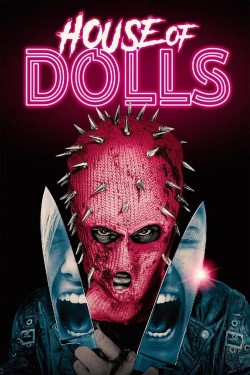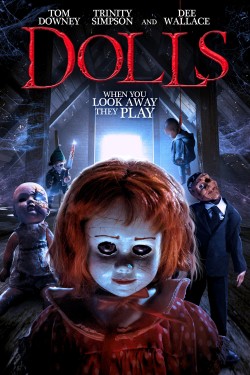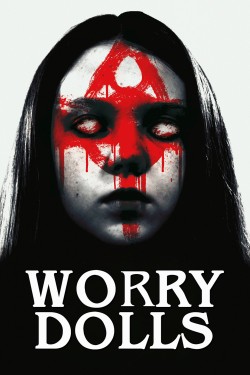
Dolls
Dolls has puppeteering as its overarching motif — especially, the kind practiced in Bunraku doll theater performances— with each segment of the film beginning with a narrative delivered by the puppets and their masters that is thematically related to the action provided by the living protagonists. Matsumoto (Hidetoshi Nishijima) and Sawako (Miho Kanno) are a young couple whose relationship is about to be shattered by the former's parents, who have urged he enter into an arranged marriage with his boss's daughter. He first consents, resulting in the unstable Sawako being sent to a mental institution. When he abandons his bride-to-be at the altar in order to save Sawako, he understands that she is incapable of caring for herself and must be tethered to him with a scarlet rope. Inextricably linked, the couple wanders through Japan, meeting others who have equally sacrificed love for fame, power, and money.
Read full
Production:
N/A
Country:
Duration:
114 m

















Discussion